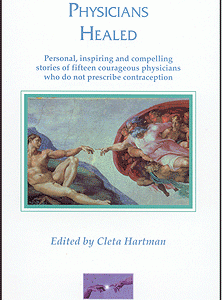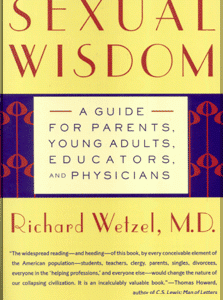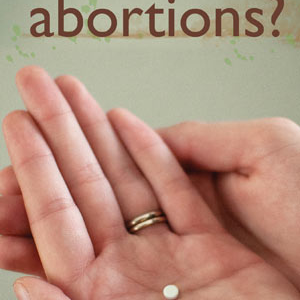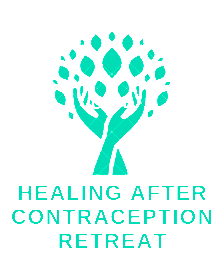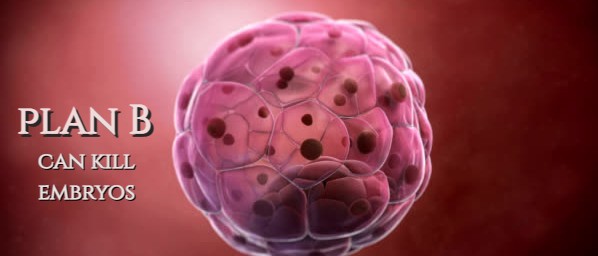
Emergency contraception popularly known as Plan B is sold online and on shelves over the counter in the United States without age restrictions. The intended purpose of Plan B is to reduce the chance of pregnancy after unprotected sex or contraceptive failure. Although Plan B is not an abortion pill, it sometimes can act as an abortifacient harming an existing pregnancy.
The following article by Dr. Donna Harrison presents an excellent detailed explanation of how plan B can kill embryos.
Some researchers and others have claimed categorically that Plan B — a high dose of Levonorgestrel — has no effect on human embryos. Media outlets in recent days have echoed these claims. The research studies, however, don’t support that conclusion.
Numerous studies and reviews published over the last 20 years have shed light on the nine critical steps from fertilization to a successful pregnancy that proceeds to term:
Step 1: At the beginning of a woman’s cycle, a new batch of eggs starts to mature in a woman’s ovary.
Step 4: The woman’s ovary releases an egg, which must be fertilized within 24 hours or else is incapable of fertilization.
Step 5: An embryo is formed at fertilization (sperm penetrates egg).
Step 6: The embryo travels to the endometrial cavity.
Step 7: The embryo implants in the lining of the uterus (implantation).
Step 8: Biochemical “crosstalk” between the embryo and the mother establishes a nutrient supply to the embryo. This crosstalk requires progesterone before, during, and after implantation.
Step 9: The mother misses her period and gets a positive urine pregnancy test.
Currently the term “contraceptive” is used loosely to describe drugs or devices that interfere with one or more of the steps from 1 through 8. Interfering with pregnancy after step nine is termed an “abortion.”
Step 2: The woman’s brain (specifically, the pituitary gland) sends a signal to her ovaries to cause the eggs in the batch to grow, and one will mature more than the others.
Step 3: The pituitary sends a big signal — a surge of luteinizing hormones, called the “LH surge” — to tell the ovary to get ready to release that one matured egg. That surge allows the egg to be released within the next 24 hours. The LH surge also causes the place where the egg was released from, the corpus luteum, to produce another hormone, progesterone, which later enables the embryo to survive.
Since human life begins at fertilization, however, the ethical controversy is not about the words “contraceptive” or “abortifacient” but rather about whether drugs and devices can interfere with steps 6 through 8: That is, can they end a human life that has already begun?
How Plan B works depends on what step a woman is at in her cycle. If she takes Plan B when she is at step 1, nothing happens.
If she takes Plan B at step 2, her brain will not produce enough of an LH surge for her to release an egg. Many studies show that if LNG (Plan B) is taken four to two days before a woman is due to release an egg, then Plan B can delay ovulation for several days or prevent ovulation altogether (see here, here, and here). If this were the only way in which Plan B worked, there would be no ethical concern about embryos: With no egg released, there would be no embryo formed.
If she takes Plan B at any one of the steps from 4 through 9, then there is good evidence that the high dose of LNG in Plan B EC is not effective in preventing pregnancy (see here). There is also evidence that taking this high dose after ovulation (actually after the LH surge that occurs the day before egg release) neither prevents implantation nor disrupts an embryo that already implanted (see here). That raises a concern about effectiveness, but not about ethics.
This is the heart of the problem. If LNG is given one to two days before the egg is due to be released, then egg release is not reliably prevented (see here, here, and here). In fact, in several studies of women who received LNG as an emergency contraceptive during the time immediately before ovulation, ovulations were documented but no pregnancies occurred (see here and here).
One study reports that “when [a high dose of LNG] was given in the fertile window, breakthrough ovulations occurred 62 out of 87 times (71%)” (see here.)
That means that 71 percent of the time when women took LNG shortly before their egg release was due to happen, the women released eggs. This led the authors to conclude: “FR (follicular rupture or ovulation) occurred in some two-thirds of women taking [a high dose of LNG] preovulatory; this suggests that other mechanism than suppression of ovulation prevents pregnancy in these women.”
The authors recognized, that is, that an egg was released but no pregnancy occurred.
What happened? Several important studies help answer this question. When ovulation does occur after LNG has been given, most of those ovulations show luteal-phase defect (see here, here, here, here, here, and here).
That’s the term for when the ovary does not produce enough progesterone to allow the embryo to survive. If the LH surge is blunted — that’s an interference at step 3, above – then the ovary will release the egg, which can be fertilized but not produce enough progesterone for steps 6, 7, and 8. So, the embryo formed would not survive long enough to produce a positive pregnancy test. And interference with the LH surge is precisely how Plan B works.
So, in summary:
If Plan B is taken five to two days before egg release is due to happen, the interference with the LH signal prevents a woman from releasing an egg, no fertilization happens, and no embryo is formed.
Current studies do not demonstrate a harmful effect on the embryo if Plan B is taken after egg release.
Many authors focus on these two facts to make the sweeping claim that Plan B has no effect on a human embryo. What they are forgetting is Plan B’s effect at step 3, the two-day window in which embryos can form but positive pregnancy tests don’t occur. That’s the window during which the studies mentioned above suggest that Plan B has a likely embryocidal effect in stopping pregnancy.
That two-day window is a problem for people who care about the youngest human life. And it’s why the many confident assertions in the media that Plan B acts only to prevent conception, and never to kill embryos, are misguided.
